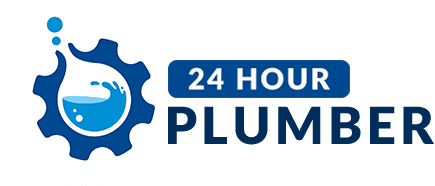DIY Plumbing: A Thorough Guide to Addressing Home Plumbing Problems

The plumbing system is an essential component of every home. Without proper maintenance they could be a source of many problems that can lead to frustration and costly repairs.
However, there are many advantages of learning to repair minor plumbing issues yourself, including saving money as well as developing important abilities. This article we’ll examine common plumbing issues and how to fix them yourself. these issues.
Common Plumbing Problems
Dripping Faucets
Dripping faucets aren’t only irritating, they also waste a significant volume of water during the course of time. The most typical cause of the faucet to drip is a damaged washer or O-ring. To resolve this issue switch off water to your faucet. Then, remove the handle, then replace the damaged washer or O-ring.
Running Toilets
A toilet that is running is another common plumbing issue that could cause water to be wasted. The most common cause is a faulty flapper valve that isn’t sealing correctly, allowing water to flow from the tank into the bowl. To correct this problem, turn off your water source to the toilet. open the tank lid, and adjust or replace your flapper valve.
Clogged Drains
Drains that are clogged can be caused by many things like hair, soap, and food particles. To get rid of this problem you could try using the plunger or drain snake to clear the blockage. Alternately, you could make a mix of baking soda and vinegar to break up the blockage.
Low Water Pressure
The low pressure in the water is often caused by a number of causes, including mineral buildup within the pipes or a faulty pressure regulator. To resolve this issue it is possible to clean the aerator and replacing the pressure regulator.
Tools Required for DIY Plumbing
To carry out DIY plumbing, you’ll require a few tools like the plunger, an adjustable wrench, pipe wrench, Teflon tape, and the screwdriver. With these tools in your arsenal, it can make it much easier to repair minor plumbing problems.
Safety Tips for DIY Plumbing
Safety should always be a top priority when making any plumbing repair DIY. Some tips for safety to consider include shutting off the water supply prior to beginning any repair, wearing safety glasses and gloves as well as keeping a first-aid kit on hand in the event emergency situations.
DIY Plumbing Techniques
For fixing common plumbing problems for common plumbing issues, you’ll need to learn some DIY plumbing techniques such as how to shut off the water supply and how to fix a dripping faucet or the issue of a toilet that is running and how to clear the drain, and how to boost the pressure of water. These techniques can save you time and money on minor plumbing repairs.
Conclusion
In conclusion, learning how to repair minor plumbing issues yourself is beneficial in many ways. Not only can it help you save cash, it will provide you with an appreciation for your efforts and valuable skills. But, for more substantial plumbing issues, it’s always recommended to contact an experienced plumber.
FAQ
Can I fix a plumbing problem myself?
Yes, you can repair minor plumbing problems yourself by learning some basic plumbing skills.
What are the most frequent plumbing issues?
The most common plumbing problems are dripping taps and toilets that run, clogged drains, and low pressure water.
What tools do I require for plumbing projects at home?
You’ll need some essential tools such as a plunger, adjustable wrench pipe wrench, Teflon tape, and the screwdriver.
Is DIY plumbing safe?
DIY plumbing is secure if you adhere to safety guidelines and take proper precautions.
What is the best time to call for a licensed plumber?
It is recommended to contact a professional plumber to address plumbing issues that require special equipment and experience.
